Do Babies Need Black and White Toys?
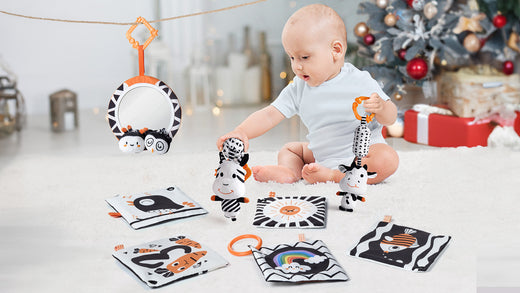
Black-and-white toys provide essential visual stimulation for newborns. Their high-contrast patterns help strengthen cognitive skills, spark curiosity, and encourage healthy brain development. By capturing infants’ attention, these toys not only promote focus but also contribute to emotional bonding between parents and children.
1. Introduction
Black-and-white toys are more than simple playthings for newborns; they cater to a baby’s developing vision by delivering high-contrast visuals. This valuable stimulation can enhance early learning experiences and nurture cognitive growth.
When a baby first arrives in the world, they’re adjusting to new sights, sounds, and sensations. Alongside the cuddle sessions and feeding routines, visual stimulation plays a pivotal role in helping babies become accustomed to their surroundings. Unlike toys in vibrant pastel or neon hues, black-and-white products jump out more effectively to your baby’s limited—but rapidly developing—eyesight. By choosing the right high-contrast items, you can provide richly beneficial stimulation in the early stages of life.
2. Understanding Newborn Vision
Babies enter the world with limited eyesight, primarily responding to light and dark contrasts. Because their color perception and focusing abilities are still maturing, black-and-white objects provide the perfect blend of simplicity and visual clarity.
A newborn’s field of vision is quite narrow. They see close-up objects best—usually within 8 to 12 inches from their face—and cannot clearly discern many details or colors for the first few weeks. During this time, stark contrasts are key. Black-and-white patterns present a strong visual boundary that your baby’s developing eyes can lock onto more easily, acting as a form of gentle exercise for the visual cortex.
3. The Science Behind High Contrasts
Research shows that sharp high-contrasts help stimulate infant neural development, encouraging brain cells to form connections. Black-and-white patterns stand out more clearly than pastel or muted hues, which makes them ideal for a newborn’s still-developing eyesight.
Our brains are wired to respond to contrast from birth. In fact, the retina’s photoreceptors, specifically rod cells, are more active early on because rods detect shapes and motion better than distinguishing subtle colors. When a baby stares at a high-contrast black-and-white shape—a simple circle or stripe, for example—nerve cells in the visual cortex start forming and strengthening synapses. This “visual workout” can set the stage for more advanced recognition skills in the months and years ahead.
4. Cognitive Benefits of Black and White Toys
By drawing a baby’s attention to clear shapes and patterns, black-and-white toys boost skills like focus, curiosity, and pattern recognition. These foundational skills lay the groundwork for more advanced cognitive tasks as the child grows.
High-contrast patterns capture and maintain an infant’s limited attention span better than low-contrast objects. As they repeatedly observe bold designs, babies begin recognizing shapes, edges, and boundaries, aiding in the development of problem-solving abilities. Think of it as a gentle puzzle that stimulates curiosity; the baby’s eyes recognize repeated patterns and begin to predict their forms, fueling early cognitive growth. Over time, these foundational skills can pave the way for early language development and reading, as the brain learns to interpret and categorize visual information more efficiently.
5. Emotional and Sensory Engagement
High-contrast visuals can calm and captivate infants, making it easier for them to explore their surroundings. Prolonged engagement supports emotional bonding during playtime and fosters a positive association with learning.
Beyond the purely visual aspect, babies also benefit emotionally from engaging toys. Prolonged eye contact with high-contrast patterns can ease fussiness as it occupies their developing minds. Plus, offering black-and-white objects during interactive sessions—like holding the toy at an angle that’s just right for your baby’s eyes—helps foster a deeper parent-child bond. This blend of visual stimulation and emotional support can create a well-rounded sensory experience that encourages ongoing curiosity in a nurturing environment.
6. When and How Long to Introduce Black and White Toys
Most experts recommend introducing black-and-white toys soon after birth and continuing their use throughout the first few months, when visual pathways are quickly expanding. However, these toys remain beneficial beyond the newborn stage as part of a varied play routine.
Babies’ visual systems grow rapidly during the first few months of life, so it’s ideal to present black-and-white toys from day one. Many parents continue using these high-contrast items for at least six months, as they continue to engage infants and support ongoing cognitive and visual development. As your baby grows, you can gradually incorporate more complex or colorful items. However, feel free to keep black-and-white basics in the mix; children often find comfort in familiar patterns, and it helps reinforce the early visual foundations.
7. Practical Tips for Parents
Incorporate black-and-white toys into daily routines—like tummy time, paly baby gym and car rides—to keep babies engaged. Choose age-appropriate designs that feature simple geometric shapes or bold lines, ensuring safe materials and secure construction.
• Position black-and-white flashcards or cloth books during tummy time: Placing them within your baby’s line of sight encourages eye tracking and neck muscle development.
• Attach simple black-and-white toys to a stroller or car seat: This keeps an infant visually occupied when you’re on the go.
• Select safe materials: Look for toys made of soft, non-toxic fabrics without small parts that could pose a choking hazard.
• Create DIY designs: Even simple black-and-white patterns drawn on paper can captivate your baby—rotate them frequently to keep things fresh.
8. Conclusion
The strong visual contrast of black-and-white toys offers a host of developmental benefits—from enhancing vision to strengthening early cognitive abilities. By selecting the right toys and incorporating them consistently, parents can create a supportive and engaging environment for their little ones.
In the early days of life, each new sight and sensation is an avenue for growth. High-contrast toys, especially those in black and white, address a newborn’s immediate visual needs while also fueling long-term cognitive advancement. By thoughtfully incorporating these items into daily routines, parents can make the most of their baby’s developmental window, all while weaving memorable bonding experiences into playtime.
Thank you for reading this comprehensive guide on why black-and-white toys are so beneficial for babies. We hope these insights help you make well-informed decisions when selecting and using toys to support your child’s early development.


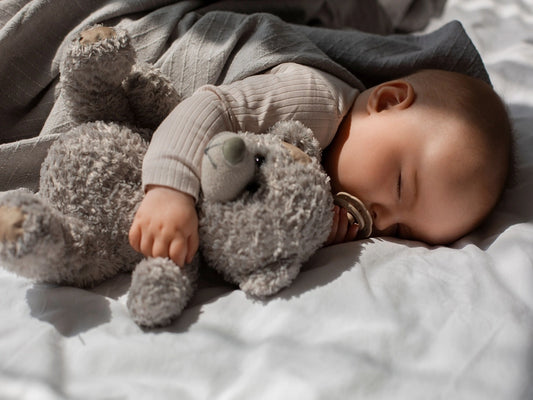
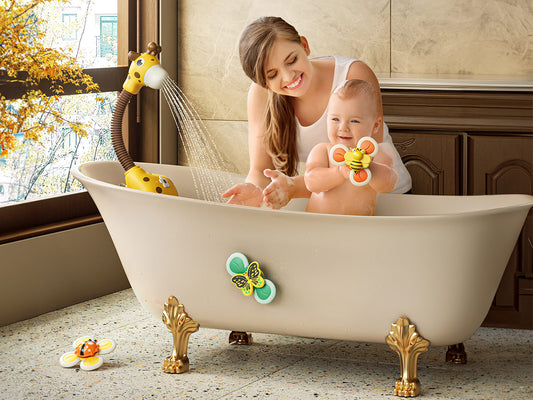
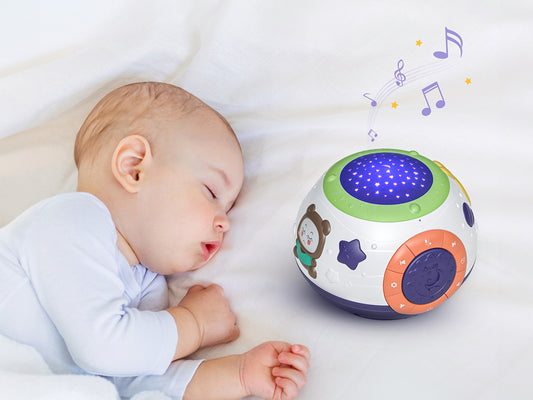
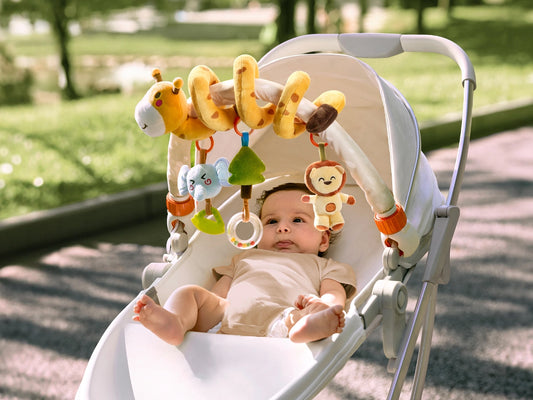
2 comments